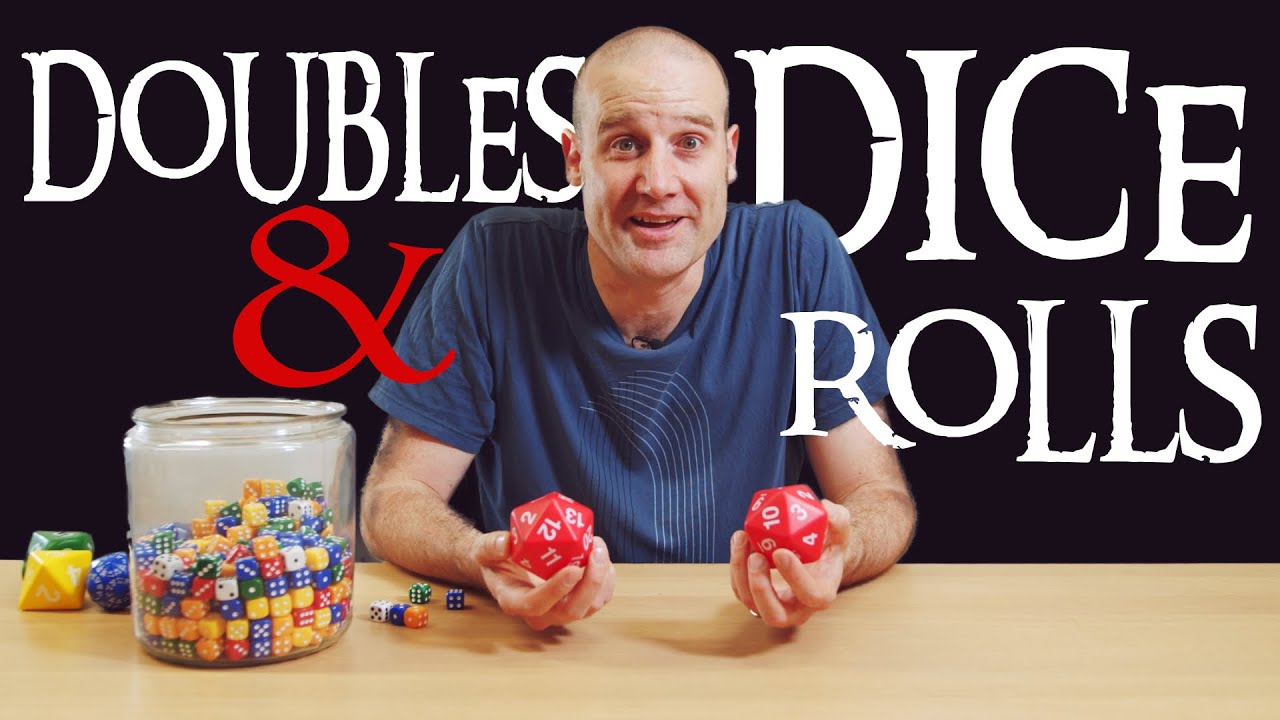Some role-playing games have rules in which multiple dice are rolled with the player using the highest value of any of the dice. This is sometimes called “rolling with advantage”, and biases the result toward higher values. But how much, and how does it depend upon the number of faces on the dice and the number of dice rolled? Our old friend the rhombic icosahedron makes an appearance.
Fourmilab’s decide utility is able to evaluate arbitrarily complex dice expressions, such as “5d6h3”, meaning roll five six-sided dice, choose the three highest values, and return their sum. The common case of rolling two twenty-sided dice and choosing the largest value is “2d20h”.
